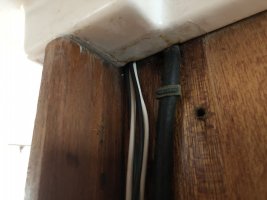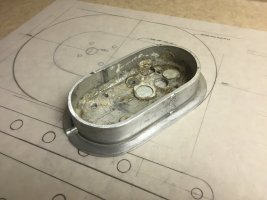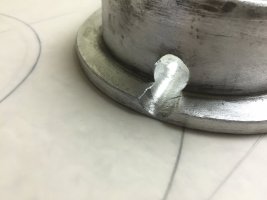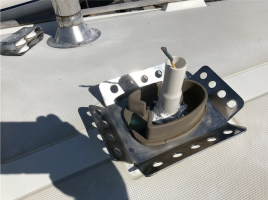WindHorse
Member I
Forgive me if the answer is already on the forum somewhere else, but I couldn’t find it... I seem to have a short in my VHF coaxial within the mast—my best guess is that it’s at/near the connection at the base. So, what would otherwise be a simple and relatively inexpensive repair is going to cost quite a bit of time and money to haul out, unstep the mast, and deal with this. While I’m at it, I might as well modify the wiring transition from the mast to the cabin such that all connections are below deck and I have a utility line in place to pull new wiring in the future (e.g., installing/maintaining mast head instruments). Thus, I need to figure out a conduit system that allows for running the wiring through the step without it being pinched or obstructed. Currently, the existing wires and coaxial are completely fixed. In order to plan ahead with feasible materials, can anyone tell me what the deck side of the photo looks like on a model near me (1970, E35-2, #155)???
short of drilling a hole at the base of my mast, I have no way to inspect from the top, as everything is fixed with rivets...
thank
short of drilling a hole at the base of my mast, I have no way to inspect from the top, as everything is fixed with rivets...
thank





